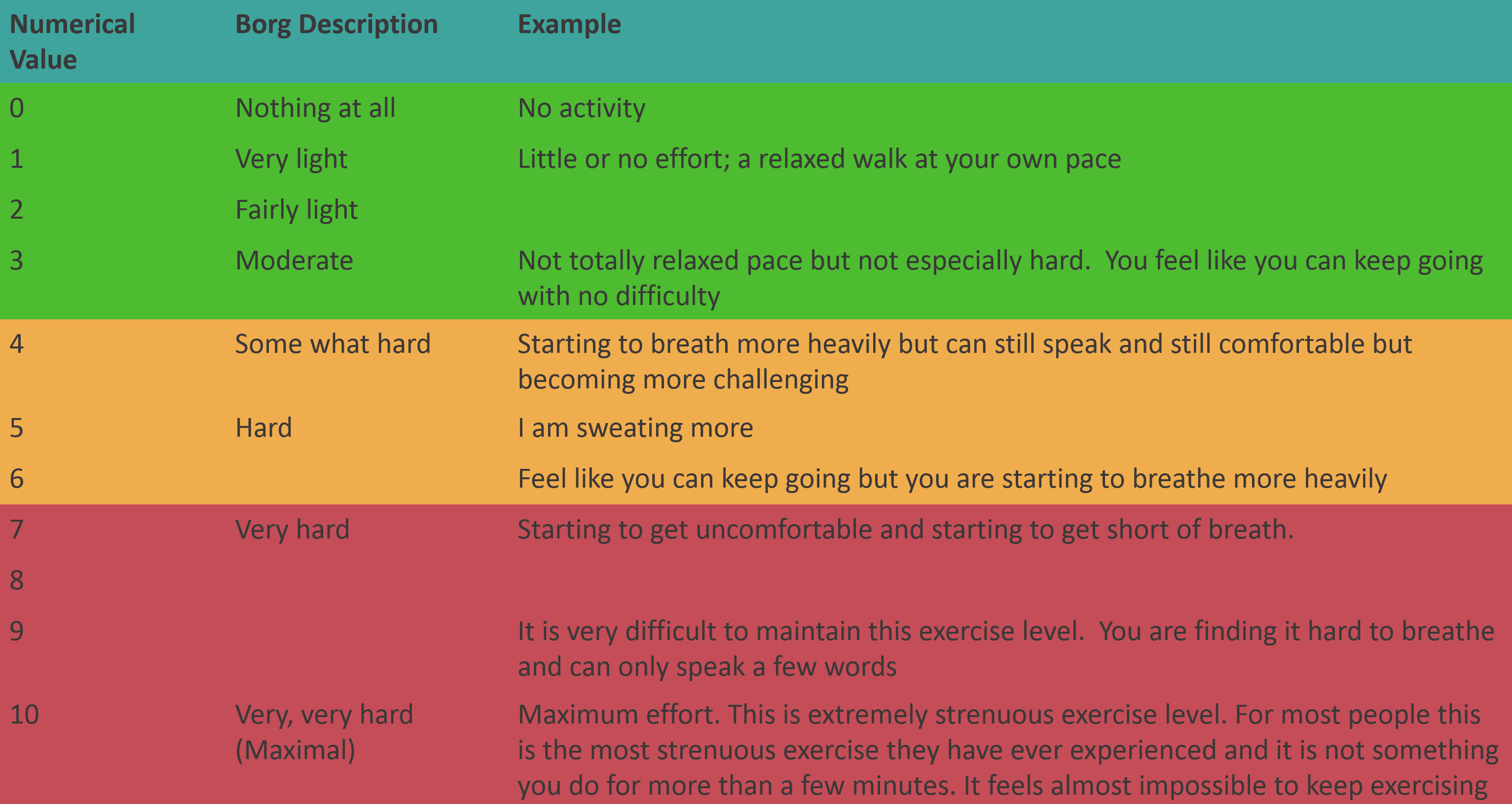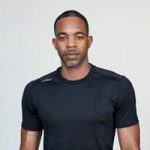The use of subjective monitoring for coaches
As is well documented, exercise and playing sport has a multitude of health and well-being benefits. However, sometimes when the demand placed on athletes is so high – for example, where athletic scholarships and college education, financial well-being, and even raw desire for success are on the line – sports can be a key contributor to poor mood, depression, and anxiety. On top of this, athletes are not only exposed to the stressors of sport itself, but a multitude of strains off-field which can influence their on-field performance. Athletes can arrive to training at different points along the well-being continuum night after night, therefore, the ability to monitor well-being and perceived training load (Session RPE) is important in order to
- understand where an athlete is, and
- aid in the prescription of training load

As pointed out in Monitoring the athlete training response: subjective self-reported measures trump commonly used objective measures: a systematic review
Training imposes stress on an athlete, shifting their physical and psychological well-being along a continuum that progresses from acute fatigue to overreaching, and ultimately overtraining syndrome. While overreaching may be carefully incorporated into a periodized training plan, progression towards overtraining syndrome is undesirable. Athletes should be closely monitored to ensure training elicits the desired effects on athlete well-being and performance.
Subjective vs Objective
Athlete monitoring can be divided into two key areas: subjective and objective measures. Objective markers include those related to performance, physiological responses and biochemical changes, i.e. the ‘cold hard facts’.
Subjective monitoring includes data self-reported by the athlete including perceived mood, sleep, stress levels and energy/fatigue levels. Subjective athlete monitoring also looks at training load which may reflect mental load (an important moderator of training loads relationship with performance and injury).
Subjective Measures of Well-being
A systematic review published in 2016 stated that subjective self-reported measures ‘trumped’ commonly used objective measures. The review included 56 texts which fitted the specified criteria, evaluating the ability of subjective and self-reported measures to reflect changes in athlete well-being. The review discovered that subjective measures consistently identified impaired and improved well-being, and the relationship between well-being and training load. It was identified that impaired well-being consistently coaligned with acute increases in training load, and similarly, improved well-being consistently coaligned with acute reductions in training load.
Subjective measures, particularly measures of mood disturbance, perceived stress and recovery and symptoms of stress, responded with superior sensitivity and consistency compared to objective measures …Within studies (i.e., under the same conditions), sensitivity, consistency and/or timing differed in 46% of studies and 85% of these favored subjective measures
As athlete well-being has major implications not only for performance, but for the athlete’s health itself, it is clear that subjective monitoring and the superior sensitivity for which it provides relative to objective measures is advantageous for practitioners to utilize. However, as noted in the study, that does not devalue the utilization of objective measures.
Athlete monitoring is not limited to either subjective or objective measures, instead they can be used to complement each other. Combining both types of measures is common in applied settings, as evident by the large number of studies included in this review and a recent survey of high-performance sports
Essentially, both subjective and objective measures contain some limitations. By combining both, these limitations can be further negated leading to a holistic understanding of the athlete’s readiness to perform.
Session RPE
Session RPE was excluded from the above study as the researchers noted it is a measure of perceived exertion to a specified bout of exercise rather than a measure of well-being. The use of session RPE is to monitor internal training load. As the stimulus for training induced adaptation is dependant on the internal load, it is important to have a valid measure of internal load.
A valued objective measure of internal load commonly used is heart rate. In practice, using heart rate data is not always feasible due to many problems such as cost, time investment and the technical expertise required. Alternative methods to calculate internal load have been assessed as a result. One such method is Session RPE. Session RPE is found by multiplying the whole session rating of perceived exertion by the session’s duration ( Session RPE= RPE x Session Duration in minutes).

A 2004 study by Franco Impellizzeri on soccer players found significant correlations between Session RPE and HR based training load assessments indicating that Session RPE method may provide a valuable measure of internal training load.
These findings have been backed up by a recent study assessing the relationship between GPS variables and Session RPE. Antonio Gómez, physical trainer for F.C. Barcelona’s first division team and lead researcher concluded:
After analyzing the correlation between the data, it was verified that the RPE significantly correlated with all the training session variables: total time, training time at high intensity and the heart rate average. This proved that it is a simple, reliable and a free tool for quantifying training load ….Today, we use it for the entire club, as a variable that provides us with information about the internal load – the effect on the body – of the entire training process. We complement it with GPS data which gives us objective measurements of external load – the workload
Conclusion
Creating a comprehensive understanding of athlete well-being and internal training load is essential for practitioners and will compliment what objective monitoring cannot provide. Subjective monitoring such as daily well-being assessments cater for a better understanding of where an athlete is psychologically. Stress is multifactorial and may/may not relate to sport and exercise. Session RPE provides a simple, reliable, and effective measure of monitoring internal training load. The detection of athletes not coping well and the ability of practitioners to positively influence athlete well-being and/or training load can only begin where athlete monitoring is taking place.
Monitoring using Metrifit
Metrifit provides a simple and effective method for athletes to record their well-being and training responses as part of its athlete monitoring package. Metrifit’s athlete monitoring and well-being software is used world-wide in team environments in Universities, High Schools, National Associations and with professional and amateur teams across many sports. Our new lifestyle profiling functionality is based on years of experience in this area – we know the key factors that underlie optimal performance. This is available for coaches and teams but also for individual athletes. It provides an essential baseline to assess where you are, and set goals and objectives to improve in key areas that ultimately will improve your performance.

To find out more contact us at or click on ‘Request Demo’ below.
About the author
Michael is a Sport Science student intrigued by understanding the variables and key determinants that impact an individual’s (athlete or general population) readiness to perform from both a psychological and a physiological standpoint. His primary areas of research revolve around physical development and the role of nutrition, sleep and stress in physical development. Michael works in multiple strength and conditioning environments from Rugby to Soccer to GAA, and also runs an online coaching service at Synthesize Coaching.
Follow us on social media where we post regular blogs related to sports, performance and well-being.
References
Exercise is Medicine | American College of Sports Medicine
The Current State of Subjective Training Load Monitoring—a Practical Perspective and Call to Action
What is the Mental Health Continuum Model?
Use of RPE based training load in soccer
































 Previous Post
Previous Post Next Post
Next Post





